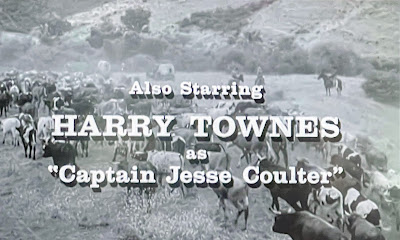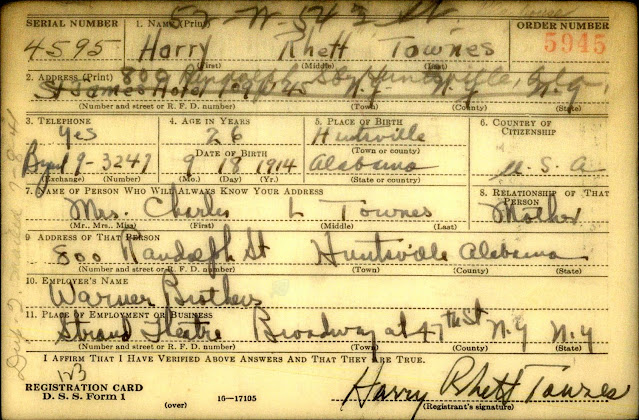Lately I've been going through my book collection in an effort to downsize--no, really! Anyway, I came across these two novels written by Alabama authors who were, shall we say, a bit controversial back in the day. I haven't read either one, but thought I'd put together a piece on the authors.
We can say some things for certain about James Franklin Camper, Jr., but many of his life activities are murky to say the least. He was born in Hueytown in 1942; his parents were Frank and Betty Camper. Their son spent time in Vietnam, claiming participation in the Long Range Reconnaissance Patrol [the Army Rangers] with the 4th Infantry Division. Military records indicate a year of truck driving. Then he became absent without leave, later supposedly working as a covert operative for the FBI infiltrating "leftwing" political groups. Camper also claimed to have trained forces in Saudi Arabia and Panama and worked covert operations in El Salvador and Guatemala.
Camper and his wife settled in Dolomite in 1980, but he was soon running a mercenary school in south Florida. In March 1981 Camper, fellow instructor Robert Lisenby and several students--all armed and wearing camouflage--were arrested some two miles from the Crystal River Nuclear Power Plant. The men were charged with felony trespassing and fined; Camper returned to Alabama after a night in jail. Later that year he would testify against Lisenby about a plot in which the men were hired by one drug gang to kill the leader of a rival gang in Miami.
The mercenary school was relocated to acreage a few miles from Dolomite, and he also opened a gun store in Hueytown. Camper's involvement in strange events continued. Four Sikhs who trained at the school in 1985 were later suspected of involvement in the 1985 bombing of Air India flight 182, which blew up over Ireland and killed 329 people. That same year he apparently tipped off the FBI about a plot to assassinate Rajiv Gandhi New Orleans during the Indian Prime Minister's diplomatic visit to the U.S.
In March 1986 Camper was arrested for helping two women attempt to plant bombs and kill employees at a school they operated. He was sentenced to 14 years in prison; associates received lesser terms. While in Leavenworth Camper was burned by scalding water in 1987 after a 60 Minutes story described him as an informant. Camper testified at a public U.S. Senate hearing in which some of his covert work for the FBI was confirmed.
After serving five and a half years, Camper was released and settled with his wife in Birmingham. For a time he ran a computer store, ABC Computers.
Wait--there's more! Camper is also an author of some fifteen novels and non-fiction books. One of the novels is the 1989 title below issued by Dell Publishing. The other, Sand Castles, was published in 1979. The novels may be based on their author's real exploits.
I am indebted to the entries on Camper at BhamWiki and Wikipedia for the information above. More information can be found there. A "Soldiers of Fortune/Mercenary Wars" page that praises the "real thing" of Camper's military and covert careers can be found here.
Asa Earl Carter [1925-1979] is another notorious figure in state history. For many years his dual identity was hidden, but for some time now the hoax he perpetrated has been well known.
Carter was born in Oxford, near Anniston. After high school he served in the U.S. Navy, then studied journalism at the University of Colorado. By 1953 he was back in Alabama, broadcasting anti-Semitic and other racist commentary on a Birmingham radio station.
He found a receptive audience in the state and also wrote and published a white supremacist magazine, The Southerner. He even went so far as to join a racist paramilitary revival of the Ku Klux Klan. Although Carter was not involved, members of this group attacked Nat King Cole in Birmingham in 1956 and castrated a black man the following year.
In the early 1960's Carter began his stint as a speech writer for George Wallace, who often hid and denied the connection. Carter quit the relationship in 1968, and in 1970 ran against Wallace in the Democratic primary for governor. That effort was unsuccessful; Carter was so racist he made Wallace look moderate in Alabama.
Carter and his wife had moved to Abilene, Texas, by 1973; his transformation to "Forrest" had begun. He published his first novel, The Rebel Outlaw Josey Wales, which was later published as Gone to Texas. A sequel, The Vengeance Trail of Josey Wales, appeared in 1976. Two years later his novel Watch Me on the Mountain, explored a similar theme when Geronimo seeks revenge for the killing of his family by U.S. soldiers.
Also published in 1976 was a coming of age tale, The Education of Little Tree. Carter claimed the story, about an orphaned Cherokee boy, was autobiographical. the book was a modest success at the time of first publication. However, the Clint Eastwood film Outlaw Josey Wales based on Carter's first two novels turned a spotlight on the author. Alabama journalist and author Wayne Greenhaw made the connection between Asa Carter, segregationist, and Forrest Carter, Cherokee memoirist.
Carter continued to deny it up until his ignominious but somehow fitting end. In June 1979 he fell during a drunken brawl with a son in Abilene, hit his head and died. He is buried in a Methodist church cemetery near Oxford.
Little Tree achieved its greatest success after Carter's death. A paperback edition published in the late 1980's reached the New York Times non-fiction best seller list by 1991. Over a million copies have been sold. In 1991 historian Dan T. Carter, who has written extensively on George Wallace, unmasked the hoax of "Forrest" Carter and his fabricated memoir with fake Cherokee words. During his life Carter had transformed himself into a mustachioed, cowboy hat-wearing, dark complected Cherokee, and even his widow maintained the hoax until she had to acknowledge it after Carter's article.
When the 25th anniversary publication of Little Tree appeared, the phrase "true story" had been removed from the cover. A film version of the book was released in 1997. More on Asa/Forrest Carter can be found in a February 1992 article by Dana Rubin in the Texas Monthly. The Handbook of Texas even has an entry on him. A look at literary forgeries, including fake memoirs, can be found here.
So who's up next in the Alabama Author Hall of Shame? Perhaps it's Gustav Hasford's turn.
Frank Camper in 1985









































